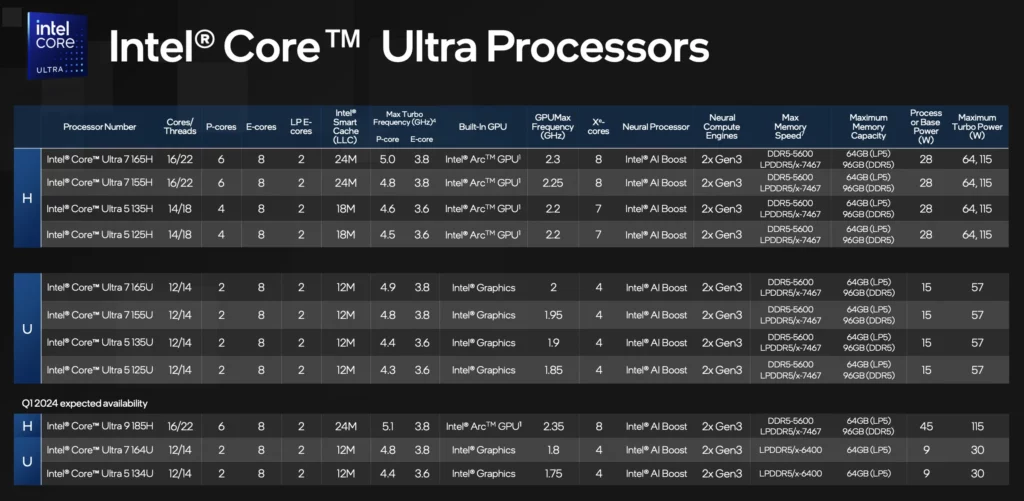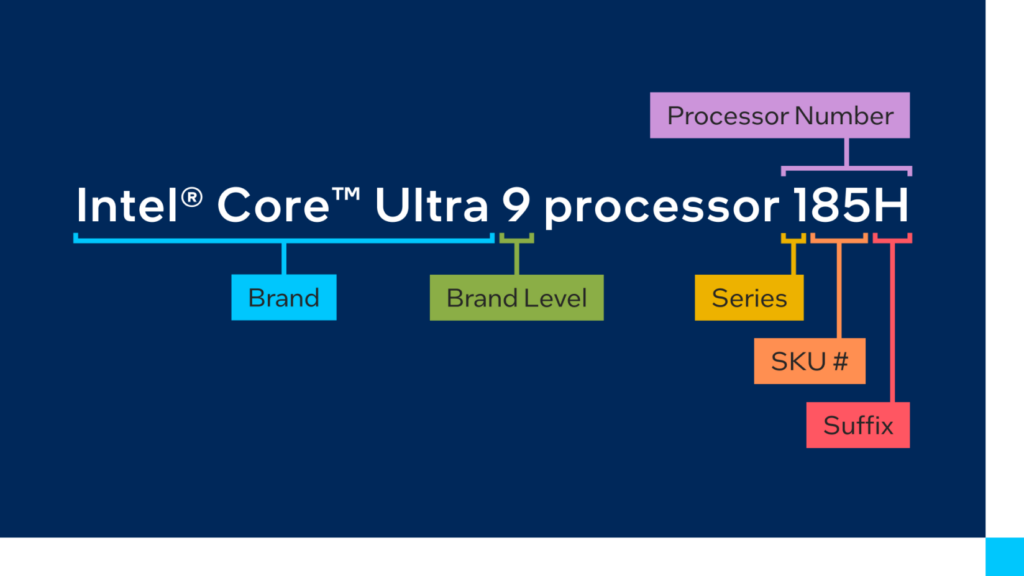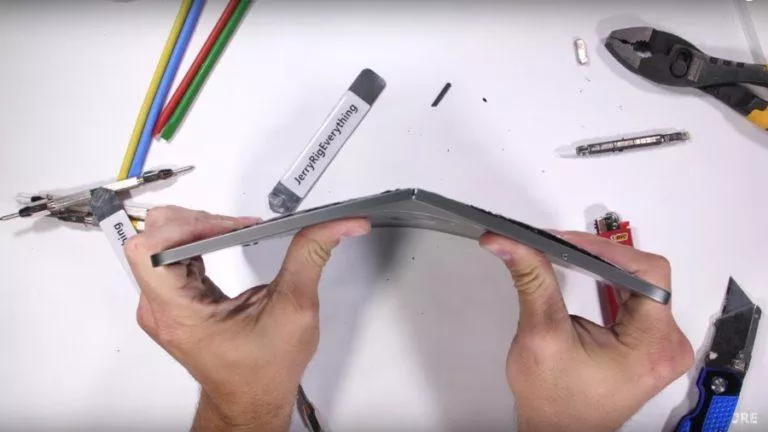Intel’s Core and Core Ultra naming explained: What is the difference?

Intel’s i-processor branding has been a staple for over a decade, helping users distinguish between various processors. However, with the advent of the 14th gen Meteor Lake processors, Intel is bidding farewell to the i-processor label and introducing a new “Core Ultra” naming scheme, which is confusing, to say the least. Here is everything you need to know about it.
Explaining the Intel Core and Core Ultra naming scheme
The new identity revolves around the Core and Core Ultra labels, which replaces the current “i” branding. However, to make matters a little more confusing, the company is also altering the generational numbering system.
Consider the Core Ultra 7 165H chip. You might notice the absence of ‘14,’ the current generation number. Additionally, there’s a lack of any specific naming convention, which might suggest the specifications of the chip.

Then what exactly does the new naming scheme mean?
Intel’s new update eliminates the current generation number, with the first digit indicating the ‘series’ or generation. For example, the Core Ultra 7 165H falls within the new ‘Series 1’ CPUs, potentially paving the way for a future series like the assumed Core Ultra 7 265H and beyond.
Similarly, the second and third numbers represent the SKU, while the last letter represents the suffix or the category of the chip. Finally, coming to the non-ultra chips, they adopt the same naming scheme, for example, the Intel Core 7 150U.

Difference between Core and Core Ultra chips
The difference between the normal Core and Core Ultra series is quite significant. While the standard chips function on an older architecture (Intel hasn’t specified the exact one), the Ultra chips use a new 3D performance hybrid architecture, which merges two core microarchitectures within a single processor chip.
New power classification for laptop processors
Intel historically categorized its laptop processors based on power consumption. For instance, the Y series represented extremely low-power CPUs, while the H-series aimed at high-performance variants.
However, with the introduction of the new Series 1 chips, Intel is simplifying its mobile CPU range by consolidating suffixes into U-series and H-series chips. As a result, the U-series includes CPUs spanning from 9W to 15W, while the H-series comprises variants ranging from 28W to 45W.
Base power and Wattage
As per Intel, each processor retains its designated power specification; for example, the Core Ultra 7 165H operates at 28W. However, these figures signify the minimum base power, offering laptop manufacturers flexibility in determining power configurations for their devices.
However, it is important to note that while the last two numbers in the name represent the SKU of a chip, an exception lies within the U-series laptop chips. This is because the third digit in their names signifies the processor’s base power. For instance, comparing the Core Ultra 7 164U and the Core Ultra 7 165U chips reveals identical models except for their base clock speeds.
Summary
In short, Intel is:
- Dropping the “i” branding in favor of “Core” and “Core Ultra” naming. The “Ultra” designation signifies a superior tier of CPUs.
- Replacing the 14th-gen name with Series 1, followed by Series 2 and so on.
- Shifting the CPU identification and generational number to the back. The first number now denotes the series, followed by the second and third numbers representing the SKU. The final letter designates the suffix.






